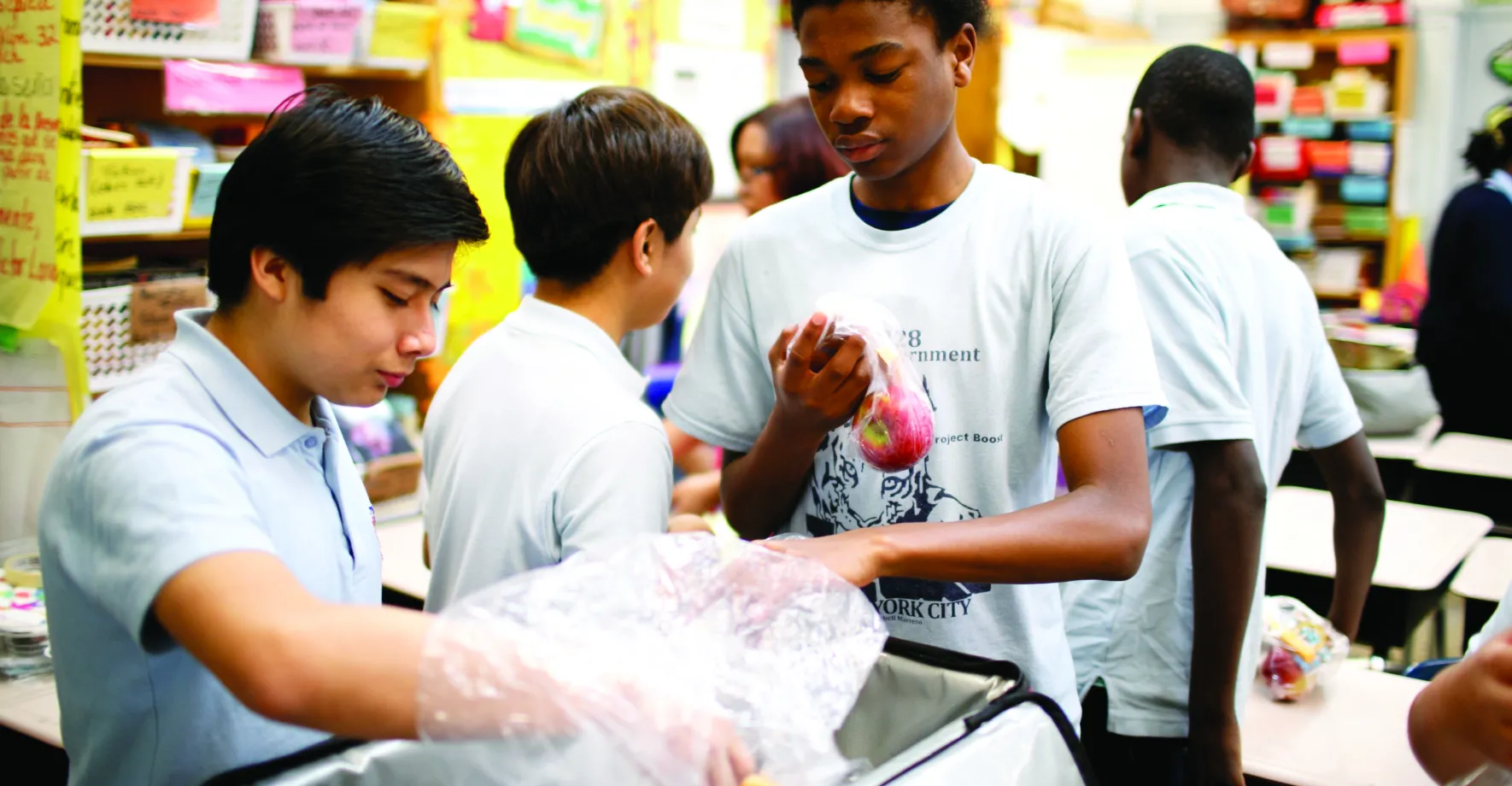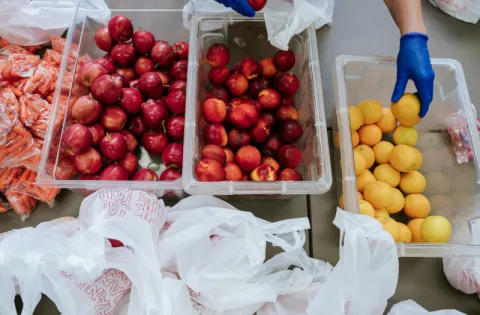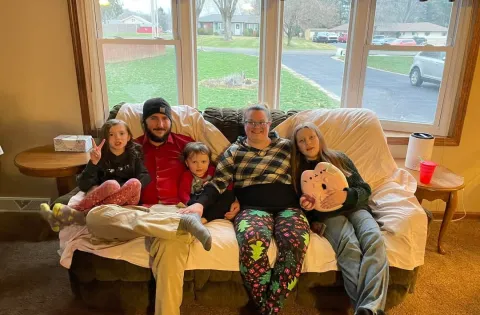
A recent USDA report revealed that 1 in 7 kids in the U.S. lives with hunger - this reflects a steady decline since 2011, thanks to the hard work of those strengthening and improving food programs that kids rely on, like summer meals, school breakfast and afterschool meals. Fewer children are living with hunger, but there is still more work to be done.
Every kid deserves three healthy meals every day - whether in rural or urban communities, both at school and at home. There is plenty of food in the U.S., but not enough kids are getting those meals; we need to continue to find insightful ways to connect all kids with the food they need where they live, learn and play.
Leaders and entrepreneurs across the country are working hard to understand what is and isn’t successful in getting kids the food they need to succeed. They know what families and kids need and want, and work actively to develop and improve upon programs to make our world, and theirs, even better.
These experts are getting us closer to making No Kid Hungry a reality: receiving and incorporating direct feedback from those they’re serving to be able to serve them better, finding and feeding kids where they are, making summer meals sites more enticing and inviting, and using the power of technology for good.
Meet six No Kid Hungry “Innovation Acceleration Award” recipients that are on the frontlines of ending childhood hunger:
A Rural Grocery Store With No Workers
Founded by Kendra Rasmusson and her husband Paul, Farmhouse Market (MN) is a 650-square-foot grocery store partnering with local farmers, food producers and natural food distributors to stock quality, organic and local items, using technology to cut out the biggest cost: employees.
“For us, there was one grocery store on the outer part of the town, but there was really nothing in the downtown heart of the area,” said Rasmusson. “We originally set out to have a standard staffed grocery store but when we started plugging in the numbers, the number of hours needed to staff the place never added up. Instead of quitting the mission, we had to pivot and think about technology.”
Drive-Through Food Pantry
After hearing directly from members of the community about how their needs could be better met, Great Plains Food Bank (ND) shifted their mobile pantry to a drive-through model. When distance, weather, strength and pride were problems, Great Plains Food Bank delivered an innovative solution.
“People were driving over 80 miles to come and get a little food box,” said Melissa Sobolik, who directed the project. “Before that, they had nothing … That's the best possible solution - the community sees it as an issue, steps up and addresses it head-on.”
SNAP in Schools
Seeking to eliminate hunger by improving community systems, policies and practices, Hunger Free Oklahoma (OK) was struck by the low number of families using SNAP benefits in their state. Instead of working around existing barriers for families in need, they came up with a way to break barriers down and meet families on their turf: by introducing the SNAP in Schools program, where school administrators are trained to help caregivers enroll in SNAP onsite at a school.
“In some rural schools, enrolling 15 families in SNAP could mean the difference between the school being able to serve meals for free to all students or having to charge,” said Treba Shyers, the project lead for SNAP in Schools. “It is great to be able to help students and schools succeed.”
The Travelin’ Table
Noticing that hunger isn’t the only problem needing to be solved in his community, Moshannon Valley YMCA (PA) branch director Mel Curtis evolved their mobile meals program into a “Travelin’ Table” bus: delivering meals, backpacks, medical help and dental care.
“Once school is out, we know that the kids who rely on [weekend meal] backpacks are not getting them,” said Curtis. “So all of a sudden, these kids would go from eating breakfast and lunch at school, backpacks on the weekends, to absolutely nothing in the summer.”
Pop-Up Summer Meals Restaurant
Founded by Matthew Shephard, Social Innovation Lab (KS) seeks to break away from the “Mom’s Kitchen” mindset of, “You get what you get, or you don't eat.” Instead, this summer meal site functions more like a Chipotle: offering delicious and healthy food, cooked and prepared exactly the way its customers - hungry kids and adults - want it.
“Here, you can come and order your food customized whatever way you want,” said Shephard. “That really makes it more attractive to the youth and everybody else to get what they actually want to eat instead of just what's being offered.”
Friendly Neighborhood Summer Meals Sites
When the local summer meals site was no longer a safe place to serve much-needed meals, Nacogdoches ISD (TX) community members came together and volunteered their own yards as summer meals sites, allowing staff from the school district to utilize them as a location to serve meals to kids in the neighborhood - confirming what we already know to be true: the answer is community.
Learn about these initiatives and more in No Kid Hungry’s recently released Hunger Innovation Report.



